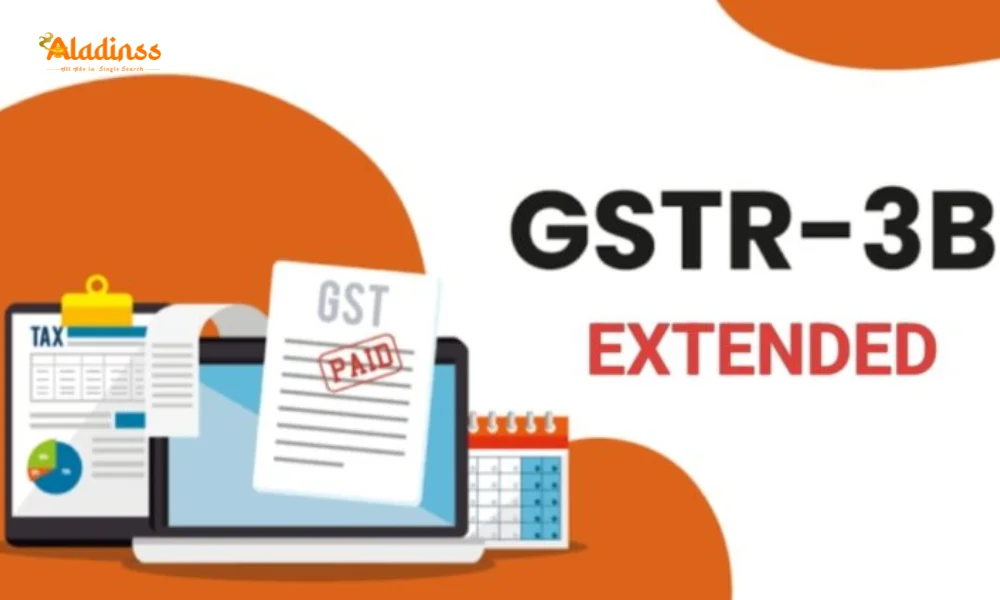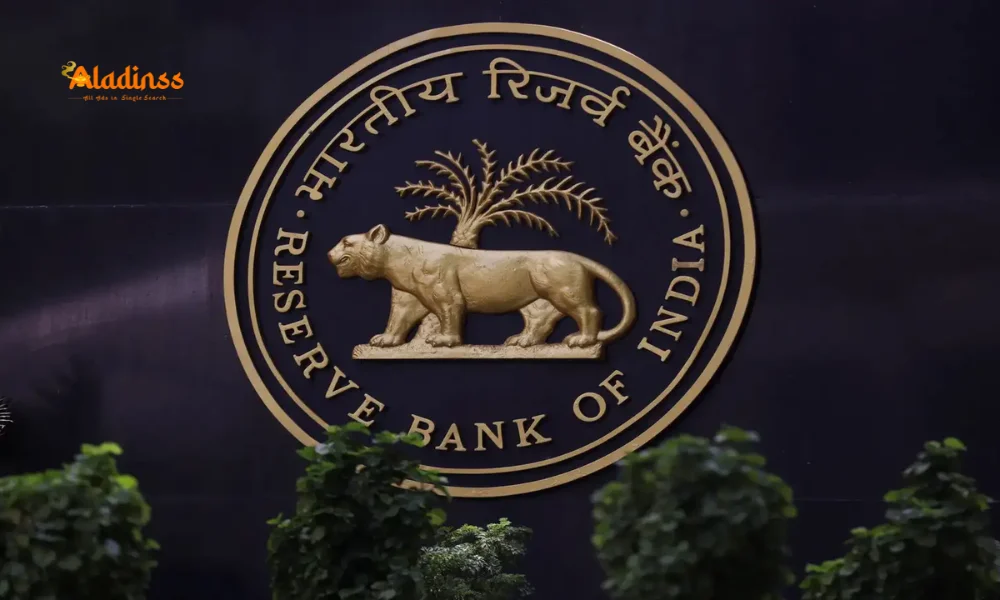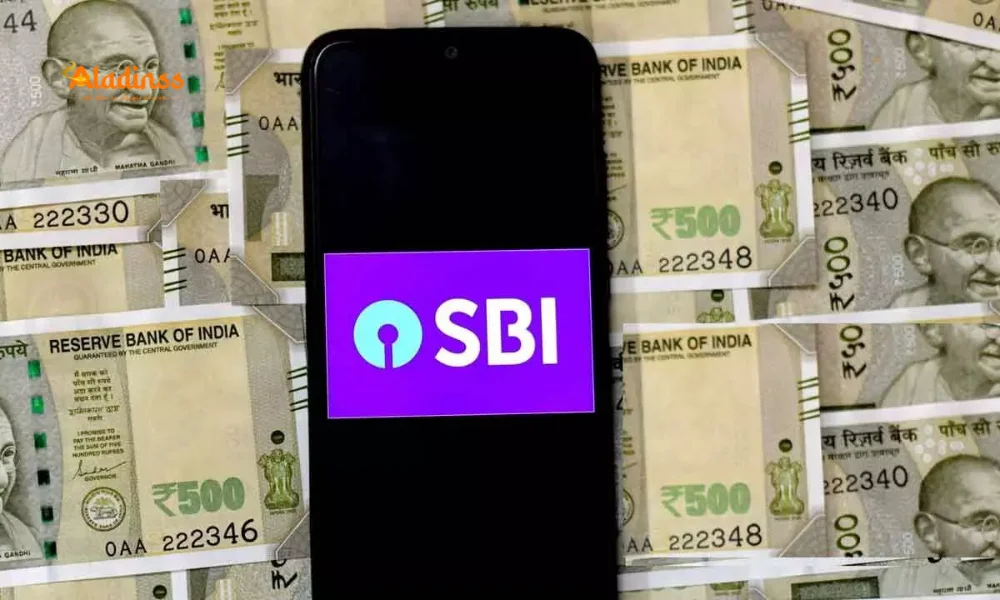Social Media Earnings: ITR Forms for FY 2024-25

Earning From Social Media? Guide to ITR Filing for FY 2024-25
With the rise of YouTube, Instagram, and other social media platforms as full-fledged career avenues, content creators in India face a critical deadline: September 15, 2025, for filing Income Tax Returns (ITR) for the financial year (FY) 2024-25. Filing ITR is not just a legal obligation but a cornerstone of establishing your financial identity, especially for YouTubers, influencers, and digital creators earning through advertisements, brand promotions, affiliate marketing, and more. The Income Tax Department has introduced a new profession code (16021) for influencers, recognizing their unique income streams. This comprehensive guide explores which ITR forms to choose, how to categorize social media earnings, tax regimes, record-keeping, and other key considerations to ensure compliance and maximize deductions, all while optimizing for the latest trends in digital taxation.
Understanding Social Media Earnings and Taxation
Social media has transformed from a hobby into a lucrative profession for many in India, with creators earning through diverse streams such as ad revenue, sponsored posts, affiliate marketing, superchat payments, membership fees, and consulting services. According to the Income Tax Act, 1961, these earnings are taxable and categorized based on their role in your financial portfolio. If social media is your primary source of income, it is classified as "Profits and Gains from Business or Profession" under Section 28, taxed at slab rates applicable to individuals. For those earning social media income alongside a salary or other primary income, it falls under "Income from Other Sources," subject to the same slab-based taxation.
India’s slab-based tax system means your tax liability depends on your total annual income, combining earnings from all sources—salary, business, or digital platforms. For FY 2024-25, the tax slabs under the Old Regime include 5% for income between Rs 2.5 lakh and Rs 5 lakh, 20% for Rs 5 lakh to Rs 10 lakh, and 30% for income above Rs 10 lakh (plus applicable cess). The New Regime, introduced in 2020, offers lower rates but fewer deductions, with rates like 5% for Rs 3 lakh to Rs 6 lakh and 30% for income above Rs 15 lakh. Creators must club their social media earnings with other income to calculate their total tax liability, ensuring accurate reporting to avoid penalties.
Choosing the Right ITR Form for Content Creators
Selecting the correct ITR form is crucial to avoid notices or delays in processing. The Income Tax Department provides several ITR forms, but for social media creators, ITR-3 and ITR-4 are most relevant due to the nature of their income. ITR-1 (Sahaj) is suitable for individuals with income from salary, one house property, or other sources up to Rs 50 lakh, but it’s generally not applicable for creators with business income. ITR-2 is for individuals with salary and capital gains but no business income. ITR-3 is designed for individuals and Hindu Undivided Families (HUFs) with income from business or profession, including capital gains, making it ideal for creators with diverse income streams. ITR-4 (Sugam) is for those opting for the presumptive taxation scheme under Section 44AD or 44ADA, where gross receipts do not exceed Rs 2 crore (or Rs 3 crore in some cases).
Most YouTubers and influencers should file using ITR-3 if they maintain detailed accounts of income and expenses or have additional income sources like capital gains. ITR-4 is suitable for those with annual turnover up to Rs 2 crore who opt for presumptive taxation, where 50% of gross receipts are considered taxable income, eliminating the need for detailed bookkeeping. For FY 2024-25, a new profession code (16021) has been introduced for influencers under ITR-3 and ITR-4, acknowledging their status as professionals. However, this classification has sparked debate, as social media content creation is not explicitly listed as a “specified profession” under Section 44AA, potentially affecting audit requirements. Creators should consult a tax professional to ensure compliance with this new code.
Also Read: SGB 2020-21 Series VI Offers 108% Return
Maintaining Records for Tax Compliance
Transparency is critical when filing taxes as a content creator. The Income Tax Department has intensified scrutiny of unreported social media income, issuing notices to influencers for non-compliance. Creators must maintain detailed records of all revenue sources, including ad revenue from platforms like YouTube (e.g., Google AdSense), sponsored posts, affiliate earnings (e.g., Amazon Associates), superchat payments, and membership fees from platforms like Patreon or YouTube Memberships. These records should be cross-verified with the Annual Information Statement (AIS) and Form 26AS to identify discrepancies, which can be flagged on the e-filing portal before submission.
Equally important is tracking business expenses, which can significantly reduce taxable income. Deductible expenses include equipment purchases (cameras, microphones, lighting), software subscriptions (editing tools like Adobe Premiere), internet and phone bills, travel costs for content creation, and marketing expenses (e.g., social media ads). For creators filing under business income, expenses directly related to content creation, such as studio rent or home office costs, are also deductible. Those categorizing income as “other sources” can only deduct expenses directly tied to generating that income, such as video recording equipment. Keeping receipts and invoices is essential to substantiate these deductions during audits.

Old vs. New Tax Regime: Which to Choose?
India’s dual tax regimes—Old and New—offer different benefits, and creators must evaluate which suits their financial situation. The Old Regime allows exemptions and deductions under sections like 80C (e.g., investments in PPF, ELSS), 80D (health insurance), and business expenses, which can lower taxable income significantly. For example, a creator earning Rs 15 lakh annually with Rs 2 lakh in deductible expenses and Rs 1.5 lakh in 80C investments could reduce their taxable income to Rs 11.5 lakh, saving substantial tax. However, the Old Regime requires meticulous record-keeping and proof of investments.
The New Regime, introduced under Section 115BAC, offers lower tax rates but eliminates most deductions, except for a standard deduction of Rs 50,000 and certain others. For instance, a creator with Rs 15 lakh income would pay lower tax under the New Regime if they have minimal deductions, as the tax rate for Rs 12 lakh to Rs 15 lakh is 20% compared to 30% in the Old Regime. However, creators with significant business expenses or investments may find the Old Regime more beneficial. Once chosen, the regime cannot be switched frequently for business income filers, so careful planning is essential. Use online tax calculators or consult a chartered accountant to compare tax liabilities under both regimes.
Presumptive Taxation: A Simplified Option
For creators with annual turnover up to Rs 2 crore, the presumptive taxation scheme under Section 44ADA offers a simplified filing option using ITR-4. Under this scheme, 50% of gross receipts are considered taxable income, and no detailed accounts or audits are required. For example, a YouTuber earning Rs 50 lakh from ad revenue and sponsorships would declare Rs 25 lakh as taxable income, with no need to document expenses. For businesses under Section 44AD, the taxable income is 8% of gross receipts (6% for digital payments). However, opting for presumptive taxation may limit deductions, so creators with high expenses may prefer ITR-3 to claim actual costs. Note that if turnover exceeds Rs 2 crore, an audit may be required, increasing compliance costs.
Capital Gains and Other Income Considerations
Many creators diversify their income through investments in stocks, mutual funds, real estate, or assets like gold and silver. These earnings are classified as capital gains and must be reported separately in the ITR. Short-term capital gains (STCG) from equity shares or equity-oriented mutual funds held for less than 12 months are taxed at 15%, while long-term capital gains (LTCG) above Rs 1 lakh are taxed at 10% without indexation. Non-equity assets like real estate or gold have different holding periods and tax rates (e.g., 20% LTCG with indexation for assets held over 36 months). Creators must report these in ITR-3, as ITR-4 does not accommodate capital gains.
Additionally, non-monetary benefits, such as free products or services worth over Rs 20,000, are subject to Tax Deducted at Source (TDS) under Section 194R and considered taxable income. For instance, a creator receiving a camera worth Rs 50,000 for a brand promotion must include its fair market value in their income. Foreign income from platforms like YouTube or international sponsorships is also taxable in India, but relief can be claimed under Double Taxation Avoidance Agreements (DTAAs) to avoid double taxation. Accurate reporting of all income sources is critical to avoid scrutiny from the Income Tax Department.
GST Compliance for Influencers
If a creator’s annual turnover exceeds Rs 20 lakh (Rs 10 lakh in special category states), they must register for Goods and Services Tax (GST) and charge 18% GST on services like sponsorships and brand promotions. Registered creators can claim Input Tax Credit (ITC) on GST paid for business-related purchases, such as equipment or software, reducing their tax burden. Non-compliance with GST registration can lead to penalties and interest, so creators should monitor their turnover and register promptly if it crosses the threshold. GST returns must be filed monthly or quarterly, adding to compliance requirements.
Tips for Smooth ITR Filing
To ensure a hassle-free ITR filing process by September 15, 2025, creators should start by downloading their AIS and Form 26AS from the e-filing portal to verify income and TDS details. Discrepancies should be resolved with deductors (e.g., brands or platforms) before filing. Using e-filing platforms like Tax2win or ClearTax, which offer AI-integrated tools to select the correct ITR form, can simplify the process. Creators should also consider quarterly advance tax payments if their tax liability exceeds Rs 10,000 annually to avoid interest under Section 234B and 234C. Finally, maintaining digital records in spreadsheets or accounting software like QuickBooks can streamline expense tracking and tax preparation.
Comment / Reply From
No comments yet. Be the first to comment!









